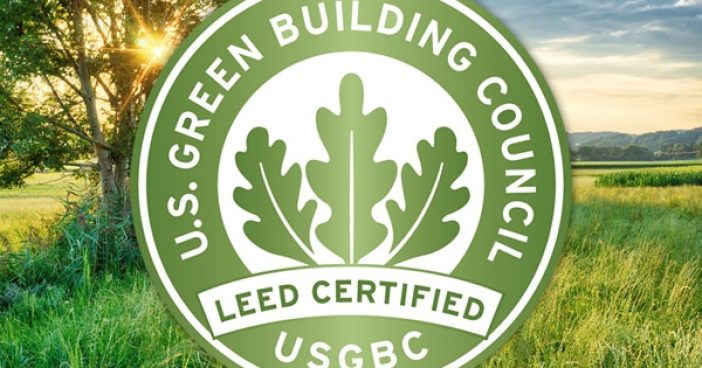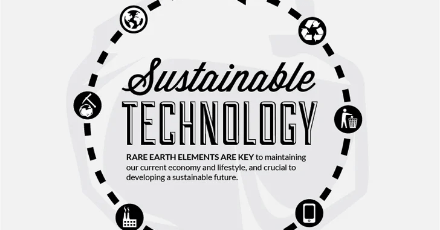Business sustainability, the way companies control their environmental, social and financial risk, obligations and opportunities, is essential for long-term profitability and viability. It is a framework that is increasingly embraced by companies across industries worldwide. In construction, green building has captured the imagination of engineers and architects.
One certification program that has encouraged green building is Leadership in Energy and Environmental Design (LEED), which identifies best-in-class building tactics and practices. Leaders across the globe have made LEED the most widely used green building rating system.
As green building catches on, projects are increasingly being LEED certified. The certification is based on five rating systems that engage multiple project types:
- Building Design and Construction
- Interior Design and Construction
- Building Operations and Maintenance
- Neighborhood Development
- Homes
Attaining LEED certification is challenging, but achievable. A recent outstanding example of an organization working to achieve LEED certification is leading global adhesives provider H.B. Fuller. The work in building its newest technical center of excellence, the Luneburg Adhesive Academy, Germany, as a green building project has been recognized as LEED® certified to the Gold level.
H.B. Fuller officially opened the Luneburg Adhesive Academy on September 3. The facility concentrates on adhesive R&D excellence, pulling knowledge from various industry sectors. It provides an environment where the company can connect and work in partnership with customers to solve problems, creating new adhesive solutions faster and more effectively than before. H.B. Fuller’s Luneburg Adhesive Academy is the first laboratory building in Germany that has achieved a Gold Certification under version LEED v2009 NC (New Construction).
What did the Luneburg Adhesive Academy do differently? By integrating fundamental elements in their construction, they lessened their environmental impact and showed their commitment to sustainability and innovation. These elements are:
- Storm water control with a landscape design and meticulously planned catch basins, the adhesive academy lessens areas of impermeability.
- Water efficiency with high efficient water closets, waterless urinals combined with a water hygiene system, and ultra-low flow lavatory faucets, they reduce water use by 44% and potable water use by 52%.
- Energy conservation with a heat recovery system, solar shading and long-term 100% renewable electricity included in the installation, energy costs will decrease by 45%.
- Recycled content approximately 24% of the building materials came from recycled materials.
- Regional materials more than 25% of the materials used for the adhesive academy were regionally sourced.
- Indoor environment quality with low volatile emitting products, the academy established an Indoor Air Quality (IAQ) management plan and tested the air before occupancy.
H.B. Fuller acknowledges that the world has finite resources; the need to minimize environmental impact while creating value for customers is the foundation of its Luneburg Adhesive Academy. Their LEED certification to the Gold level is well-deserved.
LEED certification is becoming the benchmark of green buildings. To achieve LEED certification, there are several areas to consider, such as building materials, water system efficiency, resources with minimal environmental impact, and site selection environmental impact. Improving in these areas helps companies achieve LEED certification, and helps them achieve long-term business sustainability by saving resources and achieving a healthier bottom line.
ADEC ESG promotes sustainable practices globally and helps organizations grow responsibly. With 30+ years’ experience in environmental consulting, ADEC ESG helps organizations navigate an increasingly complicated regulatory landscape and meet rigorous standards. For stay up to date on topics like sustainable development, environmental compliance, and building green, subscribe to our newsletter, Greenwatch.
USGBC® and the related logo are trademarks owned by the U.S. Green Building Council® and are used with permission.
LEED® and its related logo are trademarks owned by the U.S. Green Building Council® and are used with permission.




